
Over a number of weeks, we have worked on a few aspects of the jumping position but, for the purpose of this question, we will explain a little more about torso angle, or ‘closing the hip’, as a critical part of the correct jumping position.
These images provide a basic way to visualise what is happening when Amy travels over the fence. In take-off and landing, Amy would round her spine to get her body weight forward over the jumps, rather than flexing at the hip and keeping her spine relatively neutral, as is considered correct. Although, technically, she is getting her body weight over the horse’s shoulder, she is not achieving this through hip flexion, but rather flexion of the upper back. This rounding of the back can be seen clearly in image 1.
Why do we work on this? While there is generally no problem with having a slightly different jumping position, in this case, Amy’s jumping position was causing her to be too far away from her horse’s wither during the take-off and flight phase. This resulted in her weight getting pitched backward as she went over the fence, and her lower legs shifting forward. As a result, she was being left behind.
This story is from the June/July 2020 edition of HQ magazine.
Start your 7-day Magzter GOLD free trial to access thousands of curated premium stories, and 8,500+ magazines and newspapers.
Already a subscriber ? Sign In
This story is from the June/July 2020 edition of HQ magazine.
Start your 7-day Magzter GOLD free trial to access thousands of curated premium stories, and 8,500+ magazines and newspapers.
Already a subscriber? Sign In
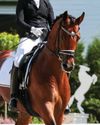
The Science Behind Tapering
The science behind tapering
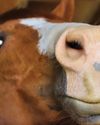
Horse Treats
The ultimate guide
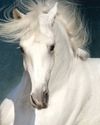
Horsey Hair Care
Tips and tricks for a healthy mane and tail
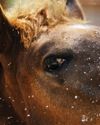
Horsey Hydration- The Importance Of Water In Winter
The importance of water in winter

A Horseback Safari
Abelana Game Reserve

The Psychology Of Riding Performance
Intrinsic motivation, part 7
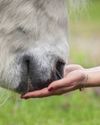
10 Best Life Lessons From Horses
Life lessons from our horses
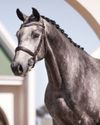
Breaking New Ground
The evolution of the Callaho Online Auction
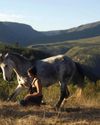
Horse Psychology 101
Part 3: The horse's cognitive abilities
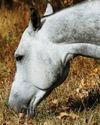
Colic Part 1
An owner’s worst nightmare